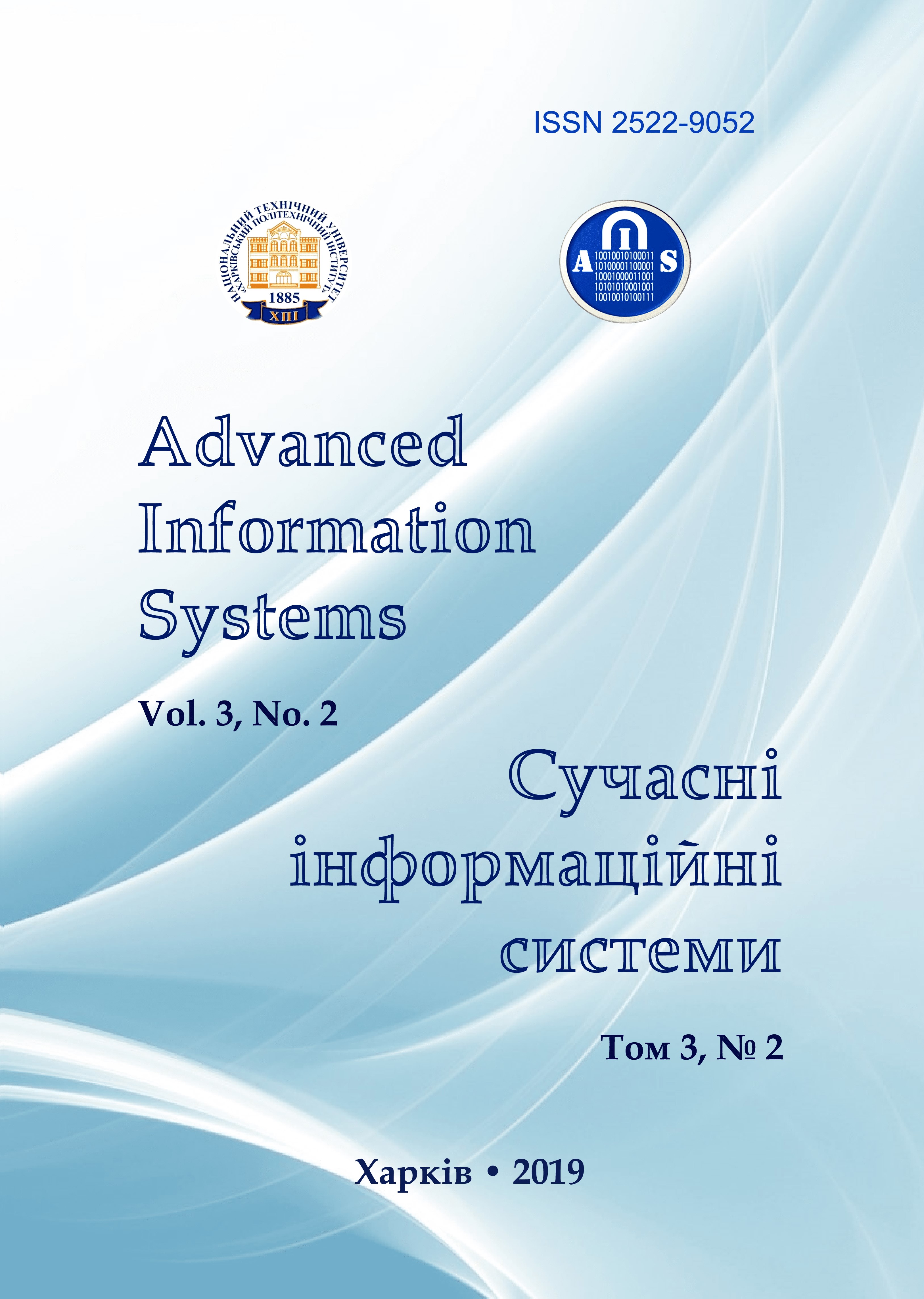THE ANALYSIS OF MEDICAL EXPERT SYSTEMS’ USE RISKS
Main Article Content
Abstract
Article Details
References
Bulakh, I., Lyakh, Yu., Martsenyuk, V. and Haimzon I. (2008), Medical Informatics, UMTC "UkrmedkNig", Ternopil, 316 p.
Risk management. Cosmic conditions. GOST R ISO 17666-2006 (approved of 29.06.2006, No. 126-ST).
Vitlіnskyi V.V. and Nakonechnyi S.I. (1996), Risk at Management, Borisfen-M Limited, Kyiv, 326 p.
Guide to Software Engineering Knowledge Base (SWEBOK) (2004), IEEE Computer Society, 200 p.
Medical expert systems (2018), available at: http://ilab.xmedtest.net/?q=node/5558.
Medical expert systems (2018), available at: http://pandia.ru/text/78/371/10.php.
Fatrell, R.T., Schafer, D.F. and Schafer L.I. (2003), Managing programmer projects: achieving optimal quality at minimum costs, Williams, Moscow, 1136 p.
Barry, W. Boehm (1988), A Spiral Model of Software Development and Enhancement, Computer, Vol. 21, Is. 5, pp. 61–72, DOI: https://doi.org/10.1109/2.59
Barry, W. Boehm (1989), Software risk management, IEEE Computer Society Press, 496 р.
Discipline of risks management (2019), available at: https://www.academia.edu/11613241.
